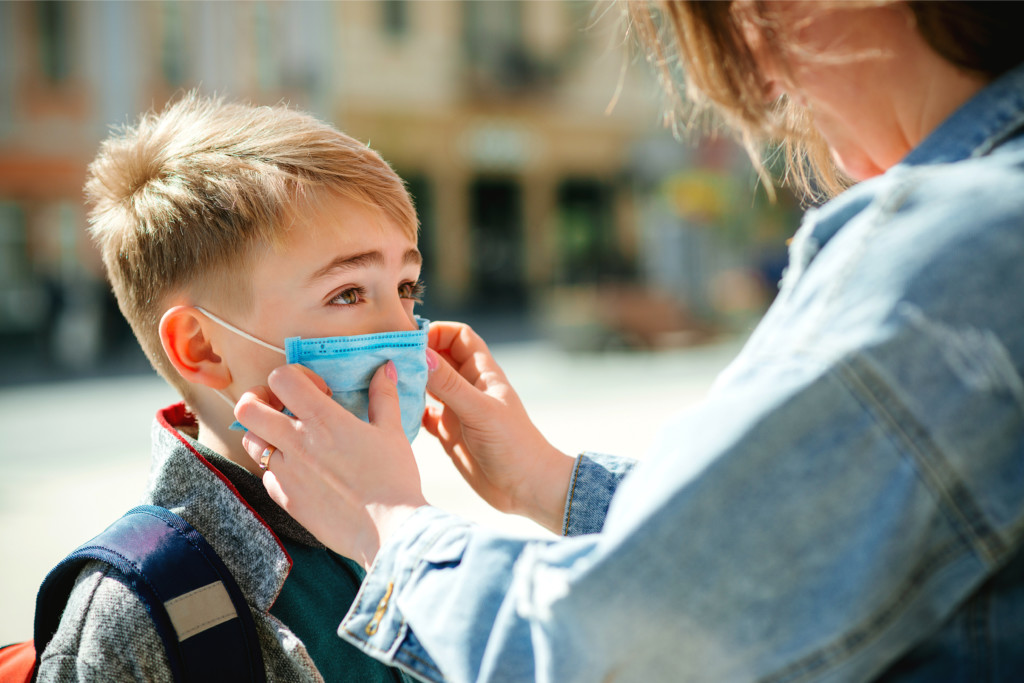 This commentary from Neal McCluskey, director of the Cato Institute’s Center for Educational Freedom, first published on the RealClear Policy blog.
This commentary from Neal McCluskey, director of the Cato Institute’s Center for Educational Freedom, first published on the RealClear Policy blog.
A new Gallup poll that surveyed parents with school-aged kids has startling results, much more because of how opinions are split than the opinions themselves.
Given the COVID-19 threat, 36% of parents want their children to receive fully in-person education, 36% want an in-person/distance hybrid, and 28% want all distance. Each mode was preferred by essentially one-third of parents, neatly capturing a now undeniable reality: Families need school choice.
The basic problem is that diverse people have different needs, but a school district is unitary. This is always trouble — diverse people are stuck with one dress code, history curriculum, etc. — but COVID-19 makes the stakes far higher and more immediate than usual. You might be willing to engage in a protracted school board battle to improve curricula, but COVID-19 could put your child’s life, or basic education, in potentially huge danger right now.
In many places, the public schools have taken the side of maximum COVID caution. The school districts in Los Angeles, Chicago, and elsewhere will, at least to start the year, only offer distance education.
That may be fine for kids who learn better at home, have medical conditions that make them high-risk, or who live with elderly relatives. But it is a huge hit to children with poor internet connectivity, learning disabilities, or those who simply thrive in a physical classroom.
It appears that a spontaneous, nationwide eruption of parent-driven, in-person education is the response to such closings. The “pod” phenomenon is perhaps the most buzzy sign of this, generating both fascinated and skeptical coverage in major media outlets. Basically, parents are pooling their money to hire teachers and create closed learning communities for their kids.
We may also be seeing more families moving to traditional private schools, with reports of privates receiving increased interest, and sometimes definite enrollment boosts, around the country. There is no systematic data to confirm a national movement, but the Cato Institute’s Center for Educational Freedom has been tracking private school closures connected to COVID-19 since March and has only recorded eight since July 14. This low number may well reflect new enrollments in private schools.
Of course, affording a private alternative can be difficult for lower-income families, and many people worry that the move to private schooling will fuel greater inequality.
Thankfully, there is a solution, and it is straightforward: Instead of education funding going directly to public schools, let it follow children, whether to a pod, private school, charter school, or traditional public. With public school spending exceeding $15,000 per student, most privates, which charge roughly $12,000 on average, would be in anyone’s reach, while families pooling 10 kids could offer $150,000 to a pod teacher.
The Trump administration has been pushing choice, and certainly any federal aid should follow kids. But constitutional authority over education lies with the states, and it is from them that choice should come. Indeed, more than half-a-million children already attend private schools through voucher, tax credit, and education savings account programs in 29 states and Washington, D.C. But that is far below the number who need choice — states that already have it should expand it, and those without it should enact it.
But expanding funding may not be enough to supply the COVID choice people need. In some places, including much of California, public authorities are forbidding many private institutions from teaching in-person. Such prohibitions must be lifted.
These actions may be intended to protect public schools’ pocketbooks. For instance, the chief health official in Montgomery County, Maryland, has said no private school can open until at least October 1, a date right after the enrollment “count day” that determines how much state and federal funding public schools get.
Of course, health concerns may be the only driver of such decisions. But school-aged children appear to face very low levels of COVID danger. According to CDC data, Americans ages 5 to 17 account for fewer than 0.1% of all COVID-19 deaths, and since tracking began, it has accounted for less than 1% of all deaths in the 5-to-14 age group. While increasing safety measures is important, kids appear to face greater dangers than COVID-19.
What about teachers and administrators? Adults are at greater risk than children, but private schools will do many things to protect them, including mandatory mask wearing, face shields, social distancing, improved air filtration, and more. And teachers unwilling or unable to work in-person could choose jobs in online-only schools.
The simple fact is all communities, families, and children are different, and they need educational options reflective of that diversity.


